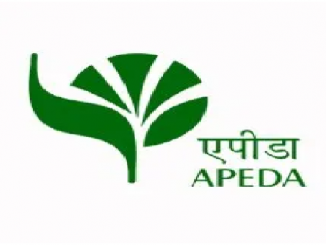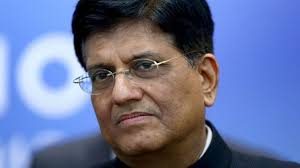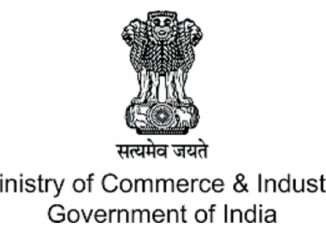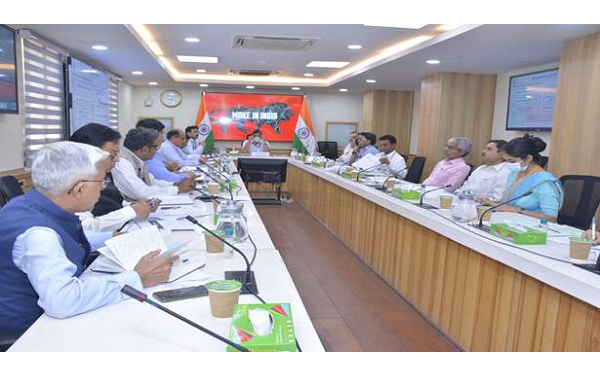
Jun 03: The Standing Committee for Promotion of Exports (Shipping) held its 51st Session on June 3, 2022, at Udyog Bhawan, New Delhi. It was chaired by the Special Secretary of the Logistics Division, DPIIT, and witnessed proactive participation from industry associations and organizations such as INSA, FFFAI, CFSAI AMTOI, IPA, FICCI, CBIC, and FIEO. The forum also saw the representation of senior officials from CBIC, DGFT, MoPSW, and representatives from all major ports of India who were present together on a single platform to address concerns of industry associations.
Since the launch of PM GatiShakti on 13 October 2021, the focus on resolving user issues by overcoming departmental silos has been an essential commitment of the government. To achieve such improvement in regulatory interfaces and reduce gaps in regulatory architecture, the existing institutional mechanism of SCOPE is being utilized to overcome any procedural, policy, or performance bottlenecks that may hinder the export potential of the country. Today, the forum not only marked its first session after the COVID-19 pandemic but also it is the first meeting after India had successfully surpassed the US$ 400 billion dollar target for exports in FY 2021-22.
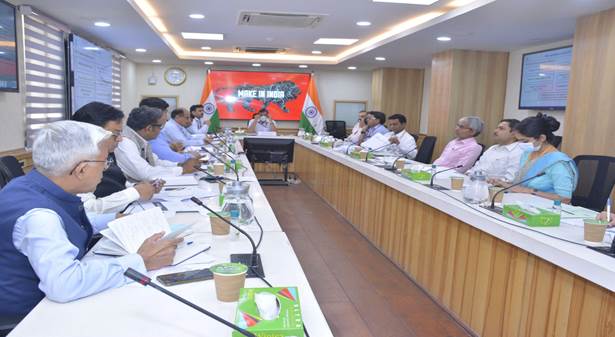
Acknowledging the importance of the shipping community towards realizing India’s EXIM targets and the promotion of Make In India, the Chairperson highlighted the need for a ‘whole of government’ approach to addressing the new-age concerns of trade in the country. Furthermore, the role of technology in order to mediate, facilitating, and overcoming procedural delays in shipping was also highlighted by the government. In accordance with the commitments made under PM GatiShakti, the Chairperson expressed a further need for government institutions to break their operational silos and work together with the private sector to create the national infrastructure that can further improve shipping in India, and at the same time, reduce the cost of logistics for Indian goods.
In the session, all issues received from the industry associations were categorized into three major cohorts – i) Procedural issues; ii) Issues impacting logistics costs; and, iii) Technology related issues to enhance EXIM efficiency. Under procedural issues, the industry associations suggested
several positive alterations in some key processes, such as allowing the efficient use of existing Container Freight Stations (CFSs) by converting them into MMLP and increasing the date of filing departure manifests to expand the scope of transshipment through India. Receiving the suggestions on a positive note, the senior representatives from the Department of Revenue and MoPSW assured industry associations to re-examine any procedural issues that may hinder India’s EXIM efficiency and to further reach out to concerned industry associations and government stakeholders with workshops and video conferences to clarify any procedural ambiguities within the next quarter.
Since logistics costs comprise a critical component of India’s trade competitiveness, issues such as port charges and charging of security deposits by private shipping companies to traders were mutually deliberated in the forum. Reiterating the commitment of PM GatiShakti, the Chairperson advised the shipping associations to implement uniform best practices across the country to make Indian exports more competitive in the global markets. Government agencies present in the forum also agreed to examine issues of trade associations on a case-to-case basis to further reduce logistics costs wherever feasible to make Indian exports more competitive globally.
The forum was in broad agreement that wider adoption of technology solutions, such as the Port Community Systems, can reduce the turnaround time of Indian ports. It is also expected to further reduce logistics costs for Indian traders, and at the same time, improve India’s competitiveness globally. Capacity-building workshops by concerned government stakeholders to promote the use of technology platforms in shipping were recommended by the forum. For efficient registration and monitoring of authorized stakeholder issues, along with seamless coordination among concerned Ministries/Departments, a user interaction dashboard is also under development by the Logistics Division of DPIIT. Such a digital platform is expected to enable the industry to highlight points of discussion to the government through a single-window system throughout the year in a transparent manner.
***
Disclaimer: We donot claim that the images used as part of the news published are always owned by us. From time to time, we use images sourced as part of news or any related images or representations. Kindly take a look at our image usage policy on how we select the image that are used as part of the news.
